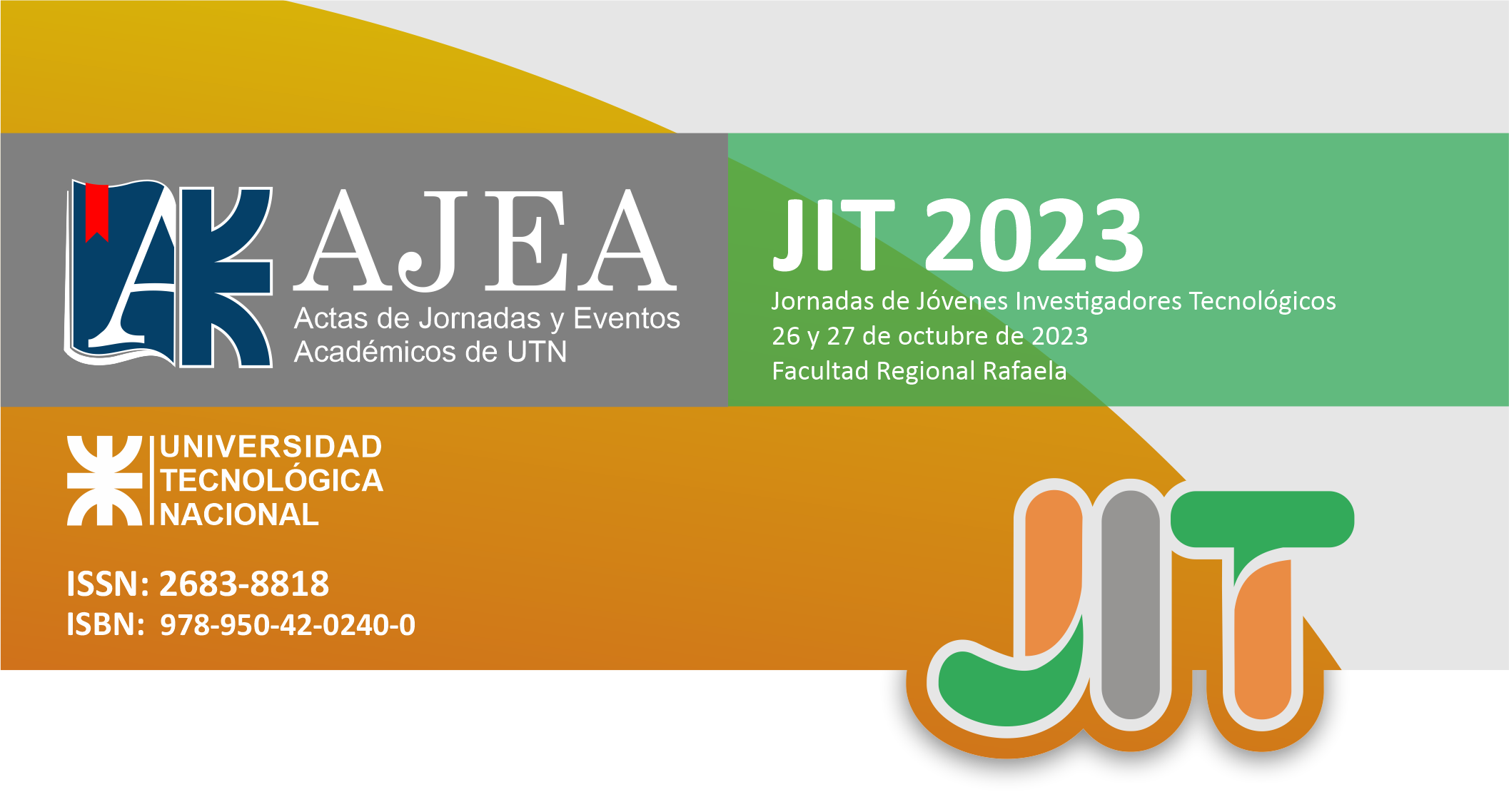Analysis of benefits of the integration of Artificial Intelligence in the organizational strategy for the detection of insider threats.
Keywords:
Artificial Intelligence, Insider Threats, Data Leakage PreventionAbstract
In this work, we will analyze some of the techniques based on Artificial Intelligence for their use in the detection and analysis of people's behavior when interacting with the organization's systems and the flow of internal activities. The objective is to incorporate them as a strategy for mitigating risks stemming from insider threats. Because of employees often have direct access to sensitive data or easily have it within their reach for daily use, they suppose a challenge to information security. Therefore, it is crucial to consider strategies that address data leakage prevention and evaluate the feasibility and suitability of implementing these techniques as part of the organization's security strategy. In this regard, we will analyze the feasibility of investing in these technologies as a preventive measure to mitigate data leaks.
Downloads
Downloads
Published
How to Cite
Conference Proceedings Volume
Section
License
Copyright (c) 2024 Maximiliano Mansilla, Ornella Colazo, Bautista Guerra, Guillermo Patricio Dolan, Lucía Morena Fabbri

This work is licensed under a Creative Commons Attribution-NonCommercial 4.0 International License.










